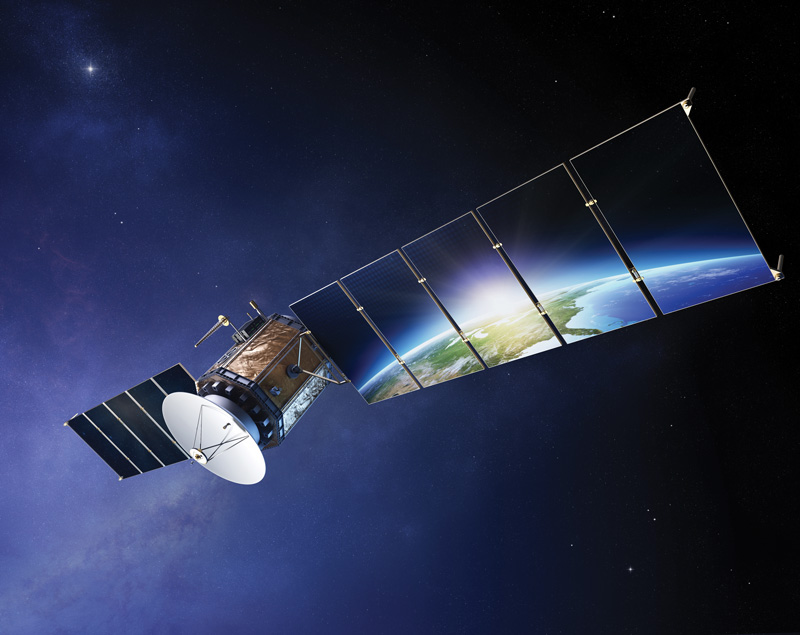In the nearly 80 years since New Mexico landed on the world technology radar as the place where the White Sands Missile Range was located and the atom bomb was developed and tested, it has experienced its share of ups and downs. Now, something truly atomic in its impact on innovation is happening in the Land of Enchantment: One of the fastest-growing and greatest collaborations between tech, aerospace, energy, R&D and business in the U.S.
From the New Mexico Partnership to Albuquerque’s Sandia Science & Technology Park, from the ubiquitous efforts of Xcel Energy to Lea County’s modern-day boomtown natural fuel resources, the state is seeing development that is driving numerous manufacturing, R&D and tech sectors. Leading-edge companies from around the world are setting up headquarters or major hubs, taking advantage of the plentiful fuel resources, the state’s rich aerospace history, and big-time investment plays in various public-private partnerships.
Some of the major players have been around a long time, and have a wide-range view of the dynamic.
“We’ve been a partner in New Mexico’s growth going back 117 years and we’re excited to play a key role in the current expansion of business and industry,” David Hudson of Xcel Energy said. “Plentiful, reliable and clean sources of electricity are the foundation of job creation in New Mexico.”
Others are more recent. Take the Sandia Science & Technology Park. Since its creation in 1998, SS&TP has quickly ramped up, with the help of federal, state and local grants, to host a vast array of technologies and products, among them: precision manufactured nanotechnology; photovoltaic systems and other components for operationally responsive satellites; data communications; laser guidestar systems; materials coating; and motion control technology.
Down in the southeastern part of the state, there’s Lea County. Outside of water, fuels are the most important resource to drive any business — and Lea County’s Delaware Basin is the most concentrated source of oil in the world.
“There have been incredible plays using the technology of horizontal drilling to unlock more reserves,” said Jennifer Grassham, president and CEO of the Economic Development Corporation of Lea County. “There’s been so much economic activity resulting from the shale boom, including substantial investment and drilling.” Put this all together, and it’s easy to see why advanced manufacturing and technology, and many other sectors, are calling New Mexico home. The 330 days of sunlight per year doesn’t hurt, either.
New Mexico, Where Innovation Without Bounds Drives Growth
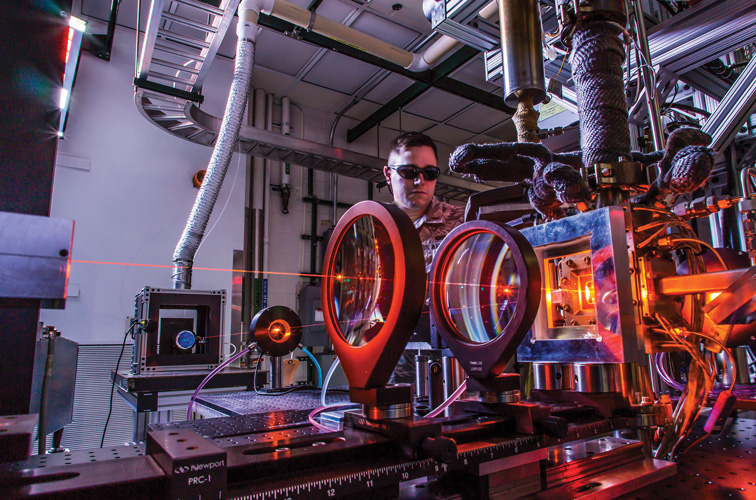
New Mexico has long been a center for innovation and research and development. As the world finds the “new normal,” the state is positioned to become one of the most important hubs for new and innovative technologies in the U.S.
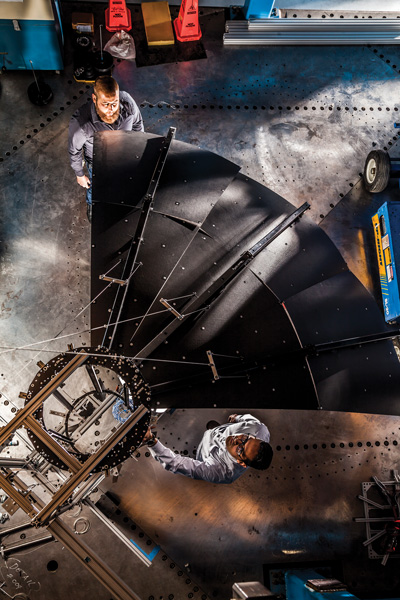
Companies such as MTX are pushing the state forward with their recently announced plans to establish a southwest regional office in Albuquerque, New Mexico. MTX is a global technology consulting firm that aims to partner with public sector agencies and organizations to modernize technology to advance the happiness, health, and economics of the communities they serve worldwide and is committed to creating 250 high-tech jobs over the next five years.
New Mexico is home to several well-established technology companies, including Facebook, Intel, Raytheon, and Jabil, who is also expanding its presence in the state.
In May 2021, New Mexico joined Florida and California as one of three states to launch humans into space when Virgin Galactic successfully completed the VSS Unity flight. This flight fueled excitement and highlighted New Mexico’s long history of its cutting-edge aerospace and space industry. With new opportunities available for startups and small companies to participate in the Q Station, Max Q soft landing, and incubator programs, this culture of innovation and progress will continue.
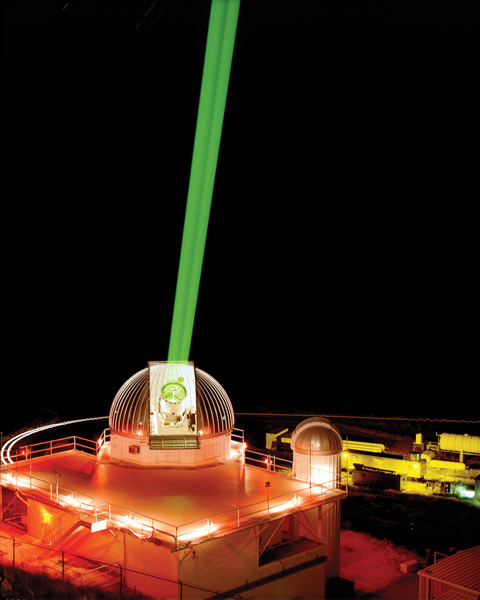
Breakthrough developments in the state, like those of Virgin Galactic, and the presence of the Air Force Research Lab have attracted other cutting-edge aerospace companies as well, like BlueHalo, Spin Launch, Sceye, and Lasen.
The success of the space industry, as well as other industries, is due in part to the access to talent and R&D resources four in New Mexico. New Mexico is home two national Department of Energy Labs, Sandia and Los Alamos, the Airforce Research Lab, and the world’s first purpose-built Spaceport — Spaceport America. The presence of these research facilities coupled with our top-tier universities, University of New Mexico, New Mexico Tech, and New Mexico State, has helped create very high concentrations of new and experienced talent in engineering and the sciences, providing companies the workforce that they need.
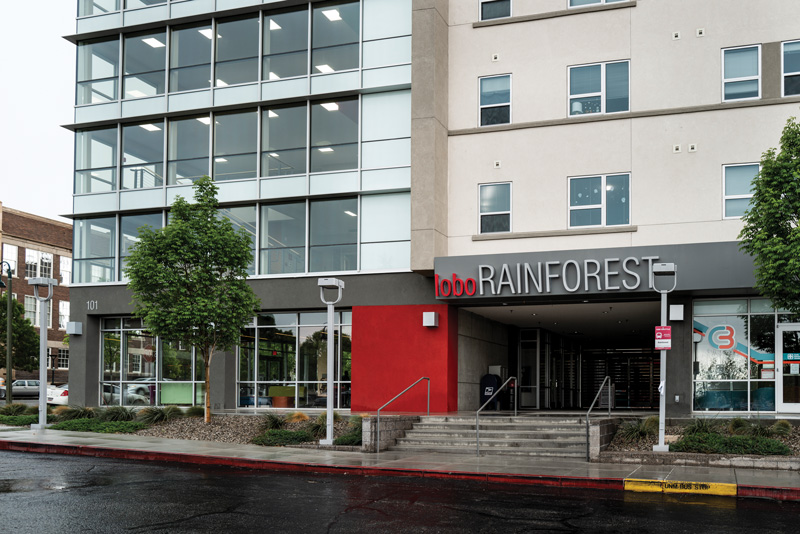
When companies are ready to take a product to market, New Mexico provides a cost-effective and strategically connected manufacturing location. New Mexico is proximate to 75% of the U.S. population within 2-days via road and equidistant by rail from two major port regions (LA/Long Beach and Houston/Galveston). Additionally, the state has proactively focused on creating a business-friendly environment with some of the strongest incentive programs in the U.S. Ready to learn more about doing business in New Mexico? The New Mexico Partnership is designated by the state to be the single point-of-contact to help businesses locate in New Mexico. We offer a coordinated approach and a formal network of economic developers to simplify the site selection process. To get started on your project needs in New Mexico, visit www.nmpartnership.com.
SS&TP: A Gathering of Experts

What’s so special about Albuquerque’s Sandia Science & Technology Park? In a word, the neighbors. Immediately adjacent to the Park are the unparalleled facilities of Sandia National Laboratories and the Air Force Research Laboratory as well as the thousands of distinguished scientists, engineers, researchers, and technicians who populate them. What’s really special: the companies that reside on the 340 acres of the Park — known as SS&TP — collaborate with these top labs on a broad range of technologies, products, and services. Working every day with world-class scientists and engineers can’t be easily duplicated elsewhere. It is the Park’s unique selling proposition.
There is an unequalled synergy between SS&TP businesses and their lab neighbors. Many are strategic suppliers and work with the national laboratories on Cooperative Research and Development Agreements (CRADAs) and licensing agreements. These relationships are extremely beneficial, resulting in numerous product lines from technology transfer and commercialization.
A scientific community that promotes interrelationships can produce remarkable results. SS&TP companies develop numerous products including precision manufactured nanotechnology, photovoltaic systems, and other components for operationally responsive satellites; lasers and photodiodes for data communications, laser guided star systems, materials coating, and motion control technology. And as the Park’s laboratory neighbors increase their focus on space research and technologies, opportunities for like-minded private-sector companies also increase.
The idea of the Park was born in 1998. The Sandia Science and Technology Park Development Corporation was formed to assist in the Park’s development and its high-speed telecommunications infrastructure. Funding includes grants from the U.S. Department of Commerce’s Economic Development Administration, State of New Mexico and City of Albuquerque. The Park has been recognized by a number of organizations including the Association of University Research Parks (Outstanding Research Park of the Year), Public-Private Partnership Award (International Economic Development Council), and the Technology-Led Economic Development Award (U.S. Department of Commerce Economic Development Administration).
No Stranger to Space
New Mexico’s association with space research and technology began in 1930 when Robert H. Goddard developed gyro control apparatus for rocket flights. It continued with the creation in 1945 of the White Sands Missile Range, the nation’s only range for test and evaluation of missiles and other ordnance, ground, and air systems.
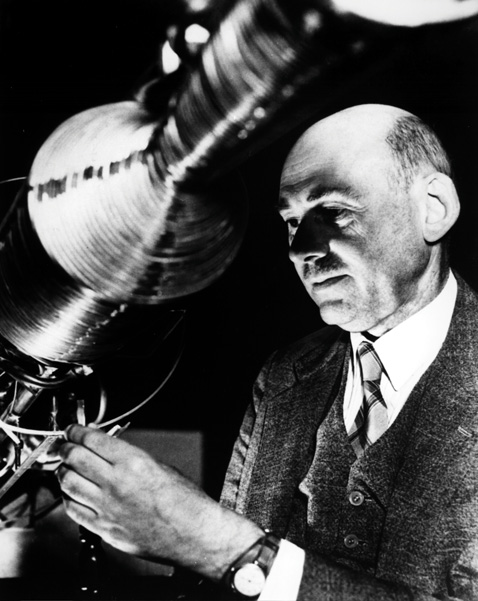
Two of the Air Force Research Laboratory’s directorate — Space Vehicles and Directed Energy — are the Park’s neighbors on the adjacent Kirtland Air Force Base. Space Vehicles, with 1,080 civilian and military scientists and engineers, develops and transitions technologies that provide space-based capabilities. Directed Energy, with 800 employees and contractors, works on high-energy lasers, high-power microwaves, and other technologies. The new United States Space Force, part of the Air Force, has several Albuquerque-based units including the two AFRL directorates. Space-related R&D is also being conducted at the Sandia Labs. Participants at the 2021 Space Futures workshop in Albuquerque concluded that the Space Force “must lead and develop an all-of-government strategy to partner with the U.S. Space Industrial Base, taking advantage of the present, commercial capabilities while stimulating future commercial capability development for U.S. space military needs.”
The EnergyPlex at the Heart of the Permian Basin

There’s an energy in Lea County, and we’re not just talking about the most prolific oil basin in the world — the Permian Basin. Best known as the EnergyPlex, this southeastern New Mexico county is a long-time major player in the world of energy — whether solar, wind, oil, gas, or nuclear.
Since 1928, oil and gas pioneers have combined their innovative and entrepreneurial efforts to develop a world-class energy hub in southeastern New Mexico. Today, Lea County is the number one oil-producing county in the United States, leading the way in innovation and technology to access the resources within layers of rock once thought impermeable.
“Lea County’s Delaware Basin, a concentrated sub-area within the western Permian Basin, may have more oil per square mile than anywhere else on the planet,” said Jennifer Grassham, president and CEO of the Economic Development Corporation of Lea County. “There have been incredible plays using the technology of horizontal drilling to unlock more reserves. There’s been so much economic activity resulting from the shale boom, including substantial investment and drilling.”

Under Grassham’s leadership, the Economic Development Corporation of Lea County (EDCLC) works with local leaders to build on this economic base. With an all-inclusive approach to energy-related projects, coupled with an open-for-business attitude, Lea County has been successful in recruiting a wide variety of new innovative and technology-driven industries and jobs.
“Energy Plex provides a unique combination of thousands of acres of industrial ready real estate and robust infrastructure,” said Dan Pfeiffer, Director of Strategy for Xcel Energy. “This includes high voltage transmission access, and a community willing to strategically partner to support the growth of additional jobs and capital investment.”
How true. Lea County’s newly developed EnergyPlex Park is a 9,600-acre mega-site industrial park located just outside of Hobbs. This industrial park is suitable for a broad range of industry sectors, including manufacturing, warehousing, transportation, logistics, petroleum, fabrication, biofuels, solar, wind, and nuclear. EnergyPlex Park features customizable lot sizes for purchase or leases with county provided water, groundwater access, electric transmission, and distribution lines, access roads, and natural gas transmission lines onsite. There are no impact fees or inventory taxes in EnergyPlex Park. Participating businesses are eligible for Industrial Revenue Bonds, property tax abatements, and sales tax abatements, in addition to state-offered manufacturing tax credits, high wage job credits, and job training reimbursements.
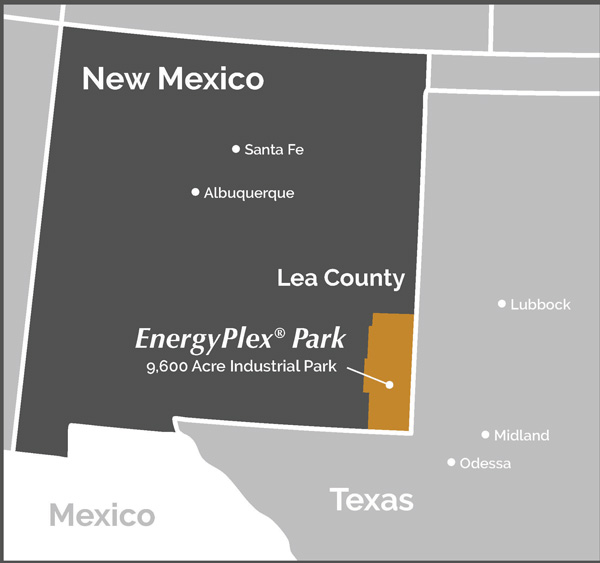
“The development of our industrial park was years in the making,” Grassham said. “We’re working on acquiring our first mega-site tenants right now. We have one who we hope will announce soon, and another putting together their final information. The third tenant has three sections under option, awaiting some final approvals. All of these are 1,000-acre-plus projects. Finding mega-sites in great climates (330 days of sun per year) and flat terrain, with access to highways, rail, and great utility infrastructure is ideal for almost any industrial application.
“EnergyPlex Park is proximal to the Lea County Regional Airport (HOB), which provides daily flights to Denver and Houston via United Airlines. There is railroad access with connection to Union Pacific, the University of the Southwest, New Mexico Junior College, four power plants, and 30+ hotels. Hobbs even has the largest retail trade area in southeastern New Mexico — with access to almost 600,000 people within a 95-minute drive time.
The EnergyPlex Park’s customizable configurations and resources make it ideal for any industrial project. With a strong workforce, robust education system, and growing industries, businesses will thrive in Lea County for decades to come. ■
For more information, visit www.edclc.org.
Xcel Energy is Powering the Future of New Mexico Communities
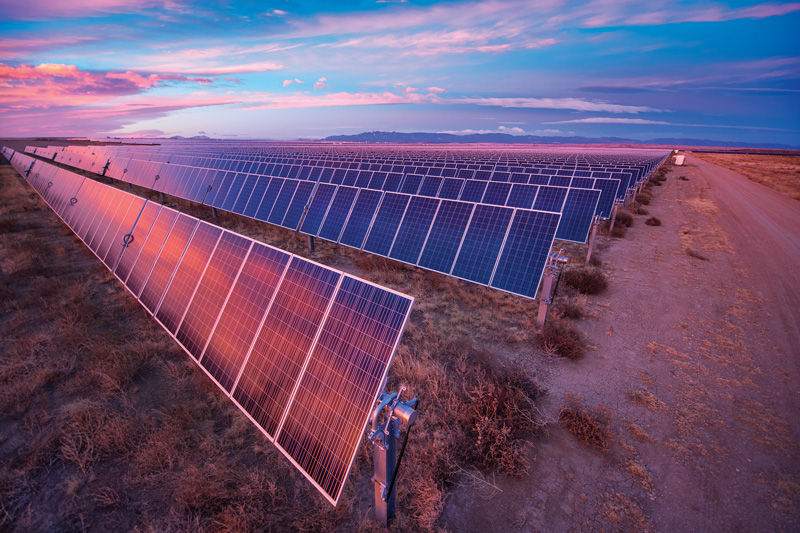
It’s a time of change and opportunity when it comes to the ways we power New Mexico.
The roots of Xcel Energy go back to 1904 when the Roswell City Council authorized the establishment of the Roswell Electric Light Company to serve the community’s 2,000 residents. The initial operations comprised a small high-speed engine with a 24-kilowatt Edison spool-type direct-current generator, and two small low-pressure boilers carrying 85 pounds of steam pressure.
Today, we have more than 100,000 times the renewable kilowatts alone serving New Mexico customers. And we’ve invested heavily in continuing to deliver reliable, clean power — from presenting our plans to convert and retire our two coal plants to investing more than $3 billion over the past decade in 1,500 miles of transmission and the building or upgrading of 85 substations.
But the real bold move: Xcel Energy was the first major U.S. power company to announce a vision to provide customers with 100% carbon-free electricity within three decades.
So far, since 2005, we’ve reduced carbon-dioxide emissions by 47% and project the electricity serving Southwest customers will be 72% carbon-free by 2030, surpassing New Mexico’s Energy Transition Act provisions.
Last year, 34% of the electricity serving New Mexico customers came from carbon-free resources. And the state’s 192 megawatts of
solar played a critical part. Still, looking ahead, Xcel Energy recognizes the need to embrace more advanced power technologies to meet
its final goal.
“We are transforming the choices and expanding the services available to customers,” said David Hudson, president, Xcel Energy — New Mexico. “This year, we proposed plans to modernize the grid, which will give customers more information and control over their energy use. We also are exploring technologies that will serve our customers better and meet our carbon-free goals.”
Xcel Energy is partnering with industry, government, and its customers to drive innovation further, from wind and solar and zero-carbon fuels such as hydrogen, to advanced nuclear energy and carbon capture.

We were the first to file a comprehensive transportation electrification plan in New Mexico, putting incentives and infrastructure to work with education, choice, and competition. Our electric vehicle plan incentivizes lower peak demand, putting downward pressure on electricity rates, with the backdrop of an increasingly more efficient and less carbon-intensive electric grid.
“We’ve been a partner in New Mexico’s growth going back 117 years and we’re excited to play a key role in the current expansion of business and industry, investing in the facilities and sources of energy that will continue to power development well into the future,” Hudson said. “Plentiful, reliable, and clean sources of electricity are the foundation of job creation in New Mexico.”
Energy costs directly impact companies’ bottom lines, so businesses, many with their own corporate sustainability goals, look closely at energy options when deciding where to locate.
While Xcel Energy is wrapping up major multi-year projects that upgrade local power grids, enhancing reliability for New Mexico’s vibrant communities, its real estate programs also help communities attract capital investment and create new, high-paying jobs.
“We streamline the process by coordinating with municipalities and local economic development organizations,” said Tom Bailey, senior director of corporate economic development at Xcel Energy. “Equipped with the knowledge gathered during our due diligence process, businesses can move faster as they evaluate available real estate and locating in New Mexico.”
A robust and credible certification protocol results in a broad inventory of sites and buildings. Currently, that includes the Clovis Industrial Park, Hobbs Energy Plex Parks 1 and 2, and a 420,000-square-foot building in Roswell.
With innovative programs, clean energy leadership, and a steadfast commitment to its communities, Xcel Energy gives New Mexico businesses an advantage — one that new, relocating or expanding companies can also
get in on. There’s no doubt: New Mexico’s future is bright. Xcel Energy is proud to power it.


